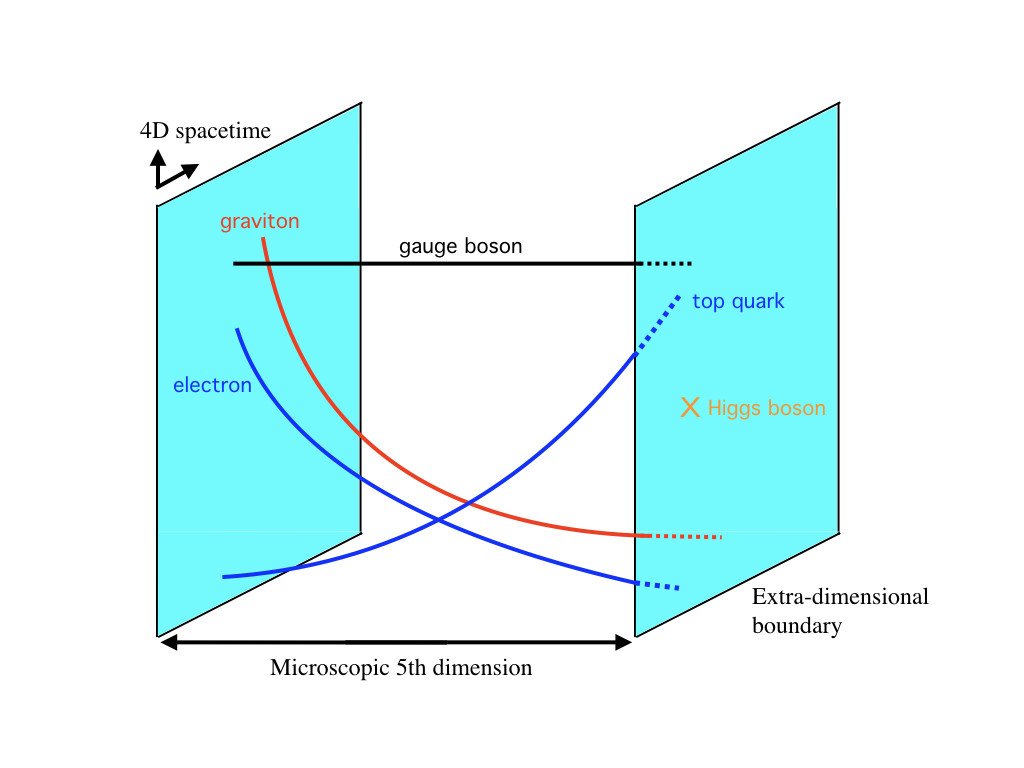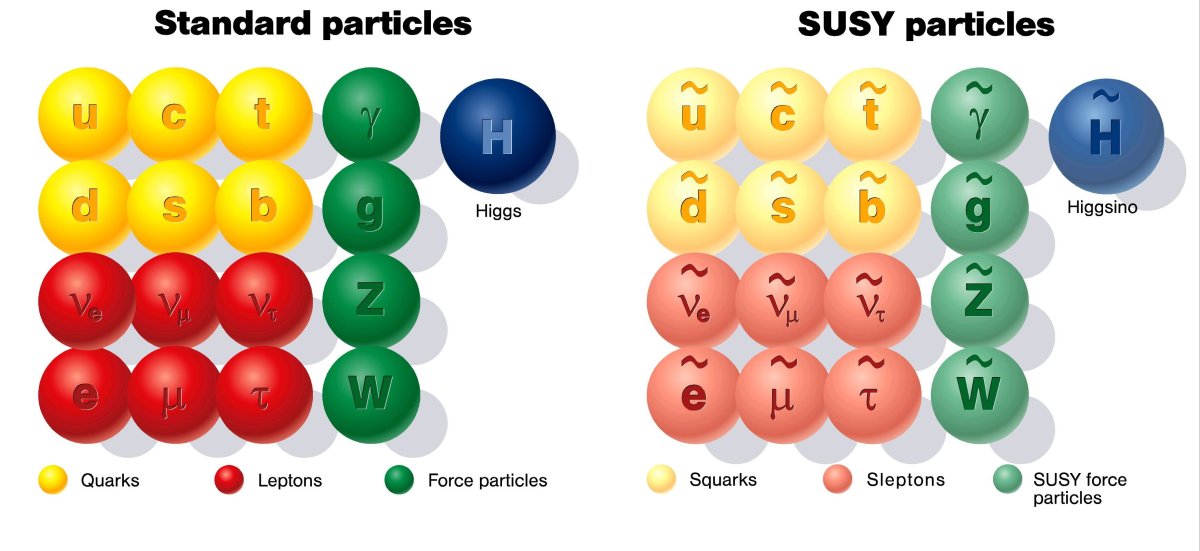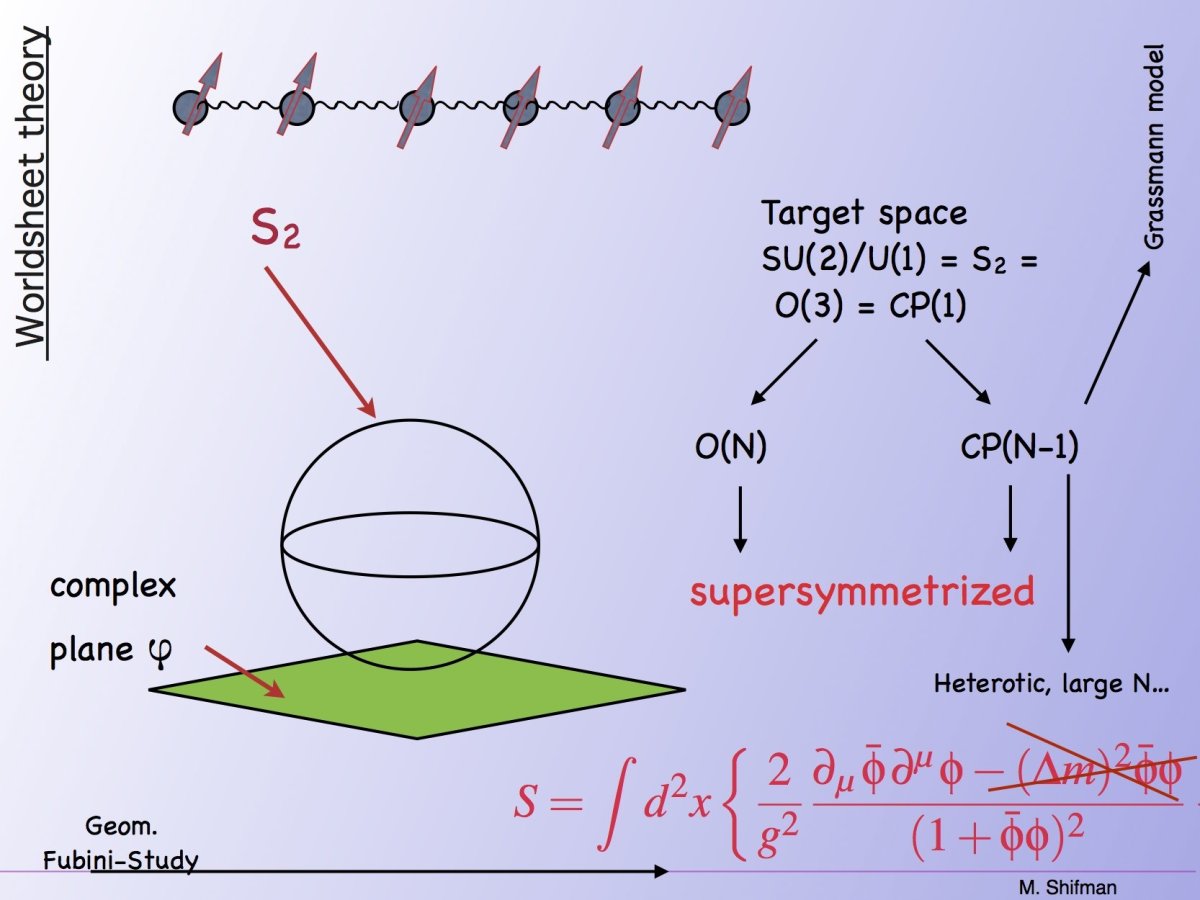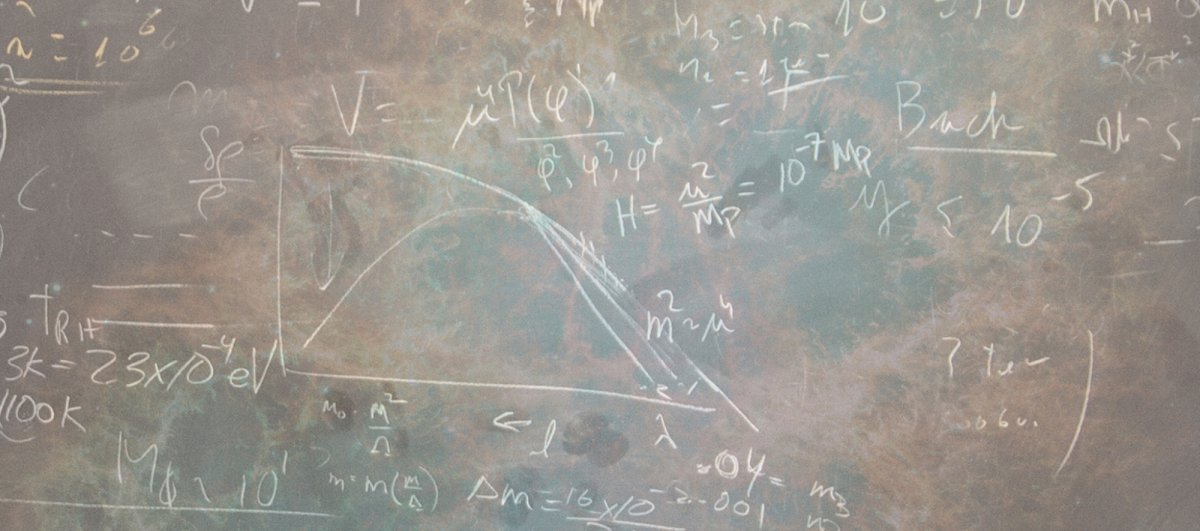High Energy Theory Faculty

Tony Gherghetta With the Higgs boson discovery, the Standard Model of particle physics provides a consistent description of the elementary particles and interactions. However, the Standard Model is not a complete description of Nature. It fails to explain the dark matter or the baryon asymmetry, has a strong CP problem, requires at least 20 parameters to account for the fermion masses and mixings, and does not include gravity. Clearly the Standard Model must be extended and become part of a deeper structure that will explain these shortcomings. My research in beyond the Standard Model physics, attempts to address these questions by postulating new particles and interactions that arise from ideas such as supersymmetry, extra dimensions and Higgs compositeness via the AdS/CFT correspondence. These predictions can then be tested at current experiments, such as the Large Hadron Collider at CERN, as well as future planned experiments.
Zhen Liu
My current research focus is on theoretical particle physics, especially phenomenology at high energy colliders such as the Large Hadron Collider (LHC) and other future collider programs (ILC, CLIC, CEPC/SPPC, FCC-ee/hh, muon colliders, etc), spanning over interesting Standard Model (SM) phenomenology in particular the Higgs boson (exotic decays, Electroweak Phase Transition (EWPT) and Baryogenesis (EWBG), Effective Field Theory (EFT) ), Beyond Standard Model (BSM) physics such as Supersymemtry, Dark Matter (including other probes, DM direct/indirect detection), Long-Lived Particles, Heavy Resonances (e.g., Z', W', Colored, Higgs), and in terms of Simplified Models. I am also proposing and conducting innovative small-scale experiments in searches for exotic particles, such as dark photons, axion-like particles and millicharged particles.


Keith Olive
My research is in the area of particle physics. I use ideas in particle physics and apply them to the early universe. I am particularly interested in particle theories of the unification of the gauge interactions and the predictions they make for dark matter, inflation and the generation of the baryon asymmetry.
Associations & Collaborations:
Maxim Pospelov
I conduct research in theoretical subatomic physics and cosmology. I am interested in precisions tests of the Standard Model in a variety of setting, from particle colliders to low-energy precision probes. A significant part of my research is devoted to the dark matter problem and new ideas that could help to discern its properties.


Serge Rudaz
My general field of interest is the theoretical investigation of the consequences of Grand Unification and Supersymmetry for experiment as well as for cosmology and astrophysics. This calls for some explanation.It remarkable that over the past six decades, a combination of brilliant experimentation and inspired theorizing has led to the full (so far) identification of the most basic constituents of matter and the forces through which they interact and bind to form the physical world. These well-identified basic constituents, quarks and leptons, together with the entities that are responsible for the interactions (“force particles”, including the Higgs boson) are shown on the left-hand panel of the figure. The recognition that electrons and neutrinos are in some way related, and similarly for pairs of quarks, is at the heart of the so-called Standard Model, in which the similarities between these unlike objects (known as “symmetries”) are exploited to predict their behavior. So far, the Standard Model accounts for all of the measurements ever made of the properties of the subatomic entities that we are aware of. New symmetries generalizing the known ones of the Standard model have been suggested and while they are not (so far) motivated or supported by experiment, their intrinsic interest make them well–worth investigating, and they are the main focus of my work.
Mikhail Shifman
I work on a wide range of applications of quantum field theories (and, especially, supersymmetric field theories) in high energy theory and, lately, in condensed matter. Strongly coupled theories (Yang-Mills, sigma models in various dimensions, etc.) lie in the focus of my interests. It is hard to treat these theories analytically, the progress is not fast but new findings in this direction are always exciting and stimulating. The power of supersymmetry is miraculous.
Dirac Medal (2016), Member of the US National Academy of Sciences

Arkady Vainshtein (Emeritus)
Gauge field theories including quantum chromodynamics and electroweak interactions, supersymmetry, solitons
